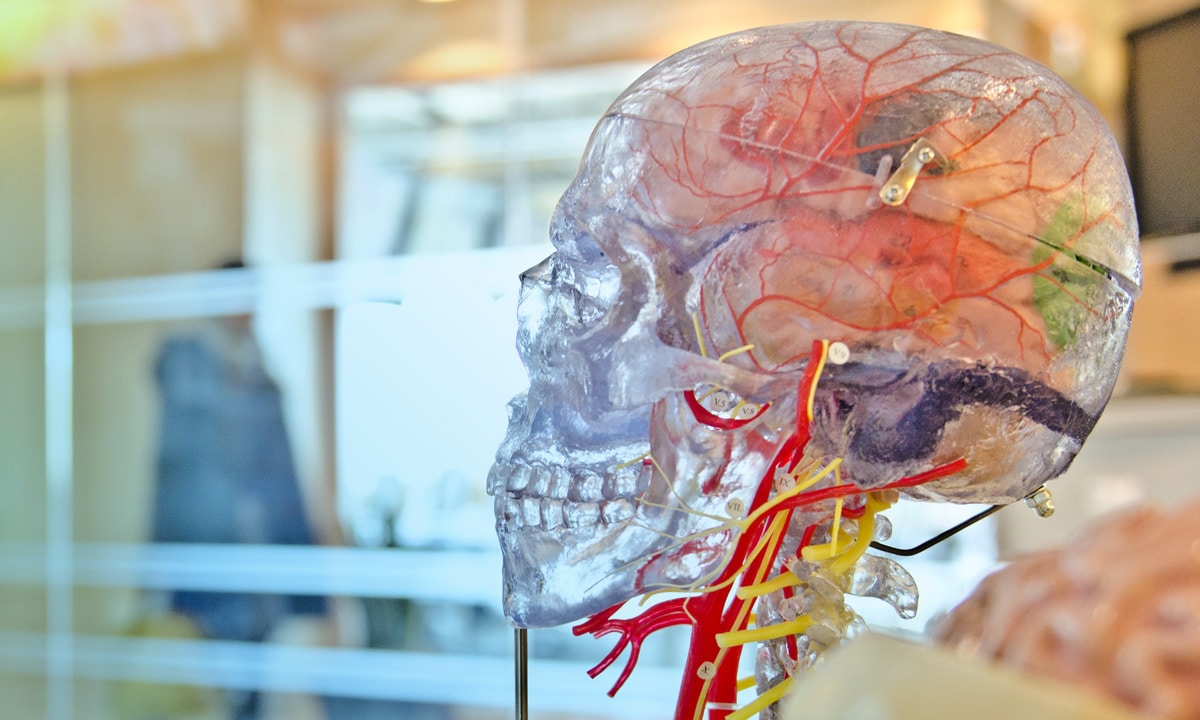
In what is being heralded as a breakthrough for cancer research, GW Pharmaceuticals announced on Tuesday positive results from a study using a combination of cannabidiol and tetrahydrocannabinol to treat an aggressive form of brain cancer.
Glioblastoma multiforme, or GBM is a “particularly aggressive brain tumor, with a poor prognosis,” according to the British-based biopharmaceutical company focused on developing proprietary cannabinoid medicine.
According to the study, patients with documented recurrent GBM treated with THC:CBD had an 83 percent one year survival rate compared with 53 percent for patients taking a placebo.
Said Professor Susan Short, principal investigator of the study:
“The findings from this well-designed controlled study suggest that the addition of a combination of THC and CBD to patients on dose-intensive temozolomide produced relevant improvements in survival compared with placebo and this is a good signal of potential efficacy. Moreover, the cannabinoid medicine was generally well tolerated. These promising results are of particular interest as the pharmacology of the THC:CBD product appears to be distinct from existing oncology medications and may offer a unique and possibly synergistic option for future glioma treatment.”
The company has received Orphan Drug Designation from the U.S. Food and Drug Administration (FDA) and the European Medicines Agency (EMA) for THC:CBD in the treatment of glioma.
GW Pharmaceutical’s glioma research demonstrates that THC and CBD appear to act via distinct signalling pathways. The combined administration of the two major cannabinoids led to a synergistic reduction in the viability of U87MG glioma cells when compared to the administration of each cannabinoid individually.
Gliomas are tumors that arise from glial cells mainly in the brain but can also be found within the spinal cord. GBM is the most common glioma and is one of the most common primary brain tumors, accounting for 15.6 percent of all primary brain tumors. They are also the most aggressive with only 28.4 percent of patients surviving one year and only 3.4 percent surviving to year five
Studies of patients with high-grade gliomas showed that headache was the most common initial presenting symptom. These headaches can be persistent lasting more than six months and are often associated with other symptoms, including seizures, visual disturbances, cognitive impairment and nausea and vomiting depending on the location and growth rate of the tumor.
